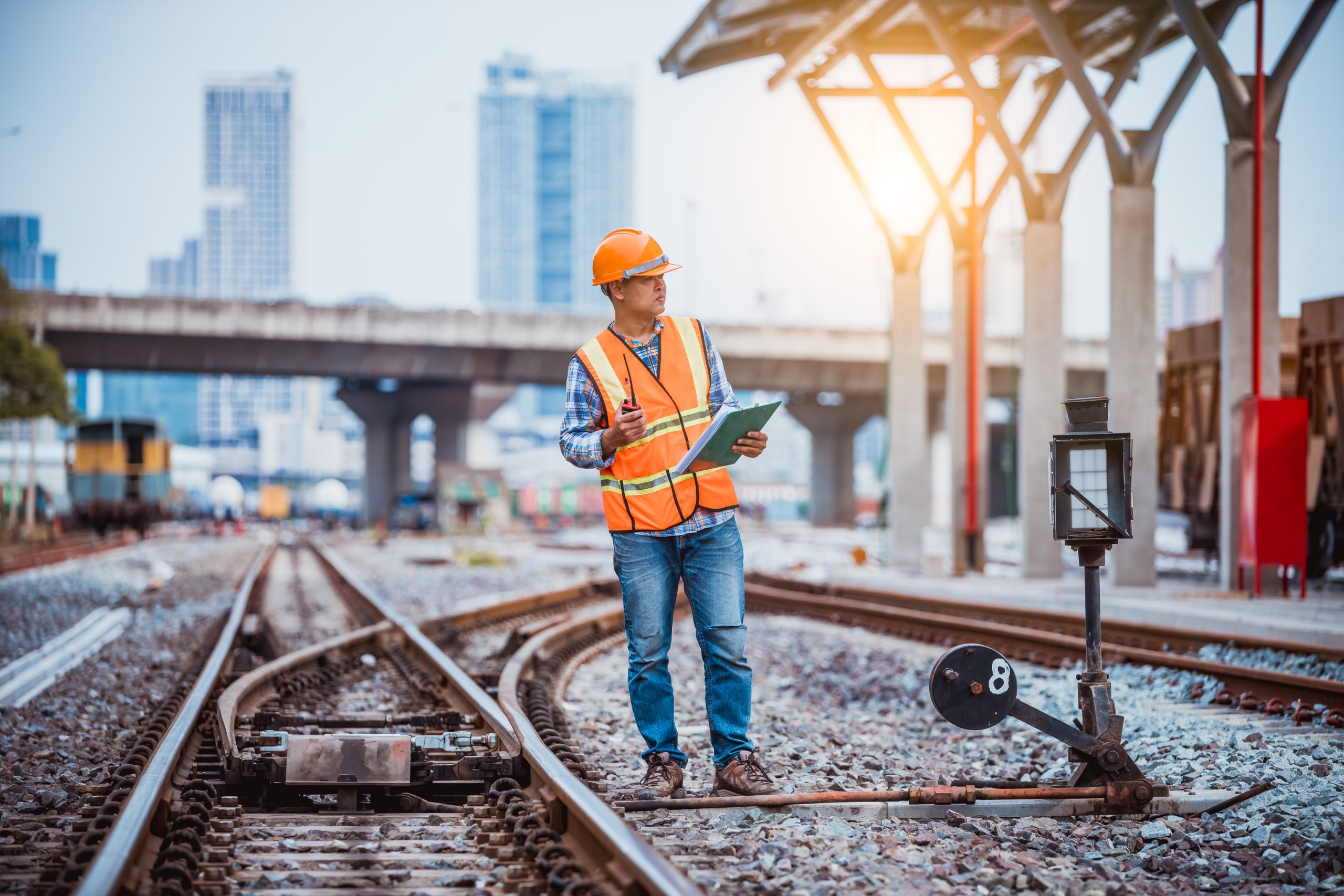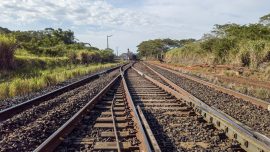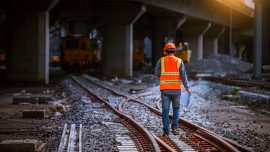
The Essential Role of a Railroad Contractor in Modern Infrastructure
Did you know that America’s railways cover over 140,000 miles, connecting people and goods across the country? At the heart of this complex network lies the expertise of the railroad contractor, a critical player in maintaining and expanding the transportation infrastructure that fuels our economy. This article explores the essential role of railroad contractors, detailing the unique skills required and the intricate processes involved in railroad construction. Whether you’re a business owner relying on efficient logistics or a city planner focused on infrastructure, understanding the value of these specialists can help you appreciate the complexity and importance of the modern rail industry.
Why Railroad Contractors Are Essential for Modern Transportation
The nation’s railway infrastructure is one of the oldest and most efficient transportation networks. Yet, it requires continuous improvement and repair to meet modern demands. This is where a skilled railroad contractor becomes invaluable. These professionals bring their unique expertise to ensure that railways operate smoothly, safely, and sustainably, enabling reliable transport of goods and passengers.
Key Responsibilities of Railroad Contractors:
- Track Maintenance and Repair: Routine maintenance to prevent track wear, ensuring the safety and longevity of the railway.
- Construction and Expansion: Building new railway lines to connect emerging cities or transport hubs.
- Emergency Repairs: Responding swiftly to breakdowns and derailments to keep schedules on track.
- Upgrading Systems: Integrating modern technologies like automated track inspection systems and environmentally-friendly rail materials.
As a leader in the industry, we understand the nuances of each project, providing clients with tailor-made solutions that ensure long-term railway efficiency and safety.
Unique Skills Required for Railroad Contractors
A railroad contractor must possess specialized skills and knowledge that extend beyond standard construction expertise. Some of these include:
- Engineering Knowledge: Understanding structural engineering principles specific to railway systems.
- Safety Protocols: Adhering to stringent safety standards and protocols required by both federal regulations and industry best practices.
- Technical Proficiency: Using state-of-the-art equipment to assess and repair rail systems accurately.
- Project Management: Managing large-scale projects, from logistics to labor, while meeting deadlines and budget constraints.
Professionals at R&S Track are equipped with these skills, which enable them to tackle complex challenges in railroad construction and maintenance, whether it’s laying new tracks or reinforcing existing ones.
The Process Involved in Railroad Construction Projects
Railroad construction is a meticulous, multi-step process that requires planning, expertise, and precision. Below is an outline of the key phases in a typical railroad project:
1. Planning and Design
- Conduct feasibility studies to assess the viability of the proposed project.
- Develop detailed engineering designs tailored to specific terrain, climate, and operational needs.
- Secure permits and approvals from regulatory bodies, ensuring environmental and community considerations.
2. Land Clearing and Preparation
- Prepare the land, which may involve grading and leveling to create a stable foundation.
- Remove obstacles such as trees, rocks, and old infrastructure that may impede construction.
3. Track Laying and Installation
- Install ties, ballast, and rail, following exact specifications to ensure stability.
- Align and level the track to maintain the smooth movement of trains.
4. Signaling and Communication Systems
- Set up modern signaling systems to improve traffic flow and reduce the risk of collisions.
- Integrate communication networks for real-time data, supporting efficient management.
5. Final Inspection and Testing
- Conduct thorough testing to ensure all components meet safety and operational standards.
- Inspect and sign off on the project, transitioning it into active service.
These steps, executed by skilled contractors like R&S Track, guarantee that each railway project meets high-quality standards and contributes to a robust, resilient transportation system.
Challenges Faced by Railroad Contractors
Railroad contractors must navigate a unique set of challenges, from weather-related delays to strict regulatory demands. Some common obstacles include:
- Environmental Impact Concerns: Balancing development with environmental preservation, especially in sensitive areas.
- Aging Infrastructure: Repairing and modernizing outdated rail systems without disrupting service.
- Cost Management: Meeting budget requirements in an industry where material and labor costs fluctuate.
- Technological Advancements: Staying current with industry innovations, such as high-speed rail and automated inspection systems.
Despite these challenges, we continually innovate, using the latest tools and methods to deliver reliable railroad construction and maintenance services.
The Vital Importance of Railroad Contractors in Infrastructure Development
Railroad contractors like R&S Track play a vital role in maintaining and expanding the infrastructure that powers our economy and daily lives. Their specialized skills, comprehensive processes, and resilience in facing unique industry challenges make them indispensable to modern transportation. Whether it’s for new rail lines or maintaining existing ones, the dedication and expertise of railroad contractors ensure the ongoing functionality and safety of our railway networks.
When you need a trusted railroad contractor for your next project, consider the expertise and proven track record of R&S Track. Our commitment to quality and safety makes us a top choice for railway construction and maintenance.



